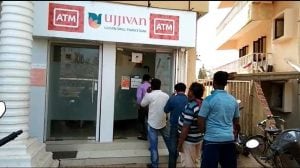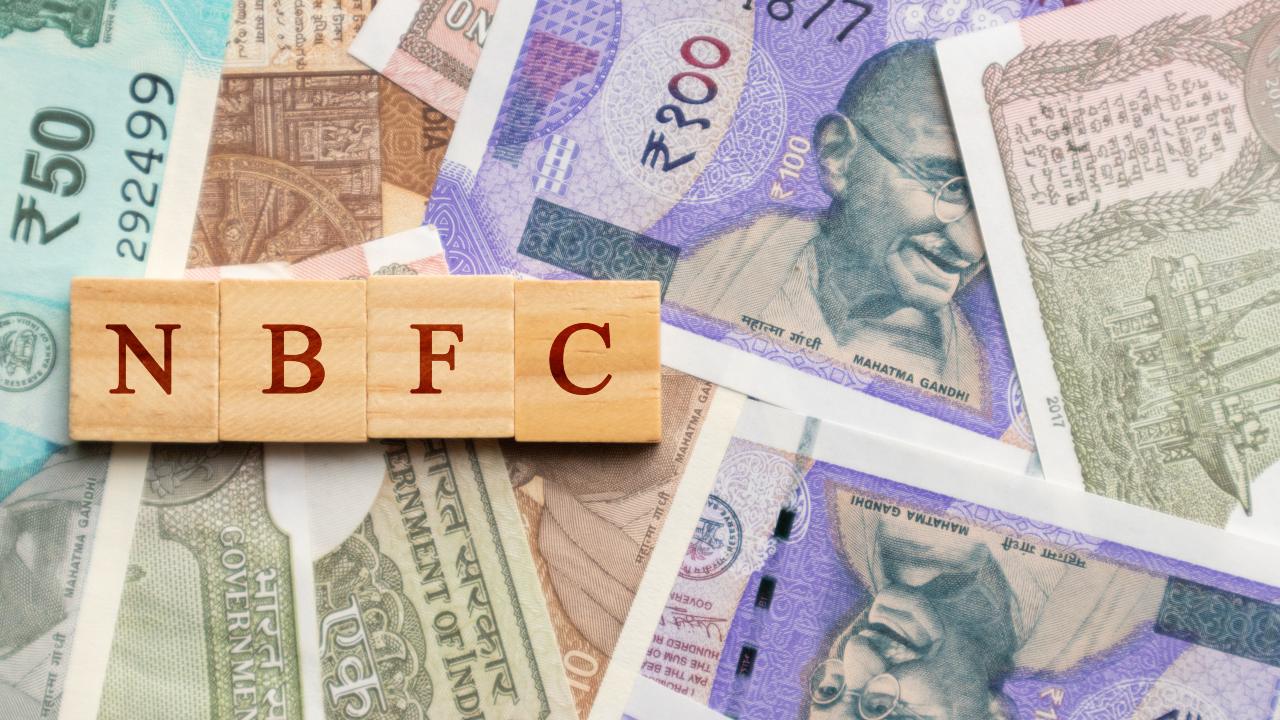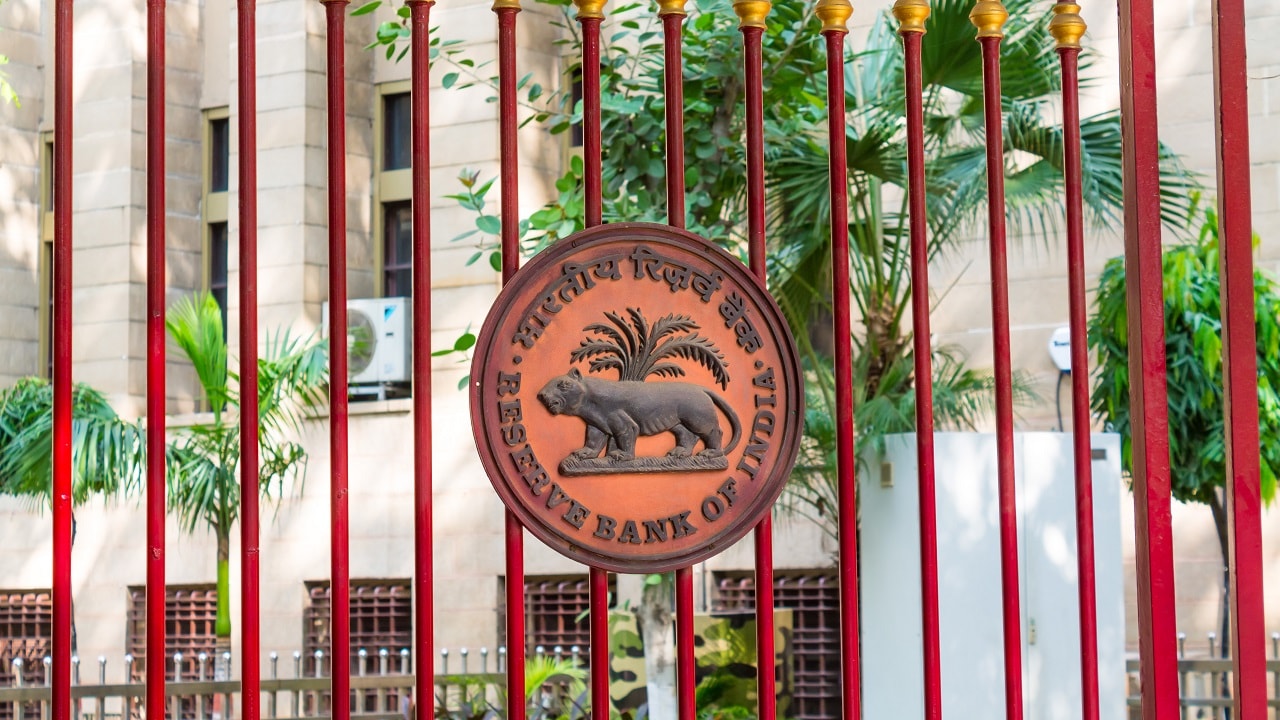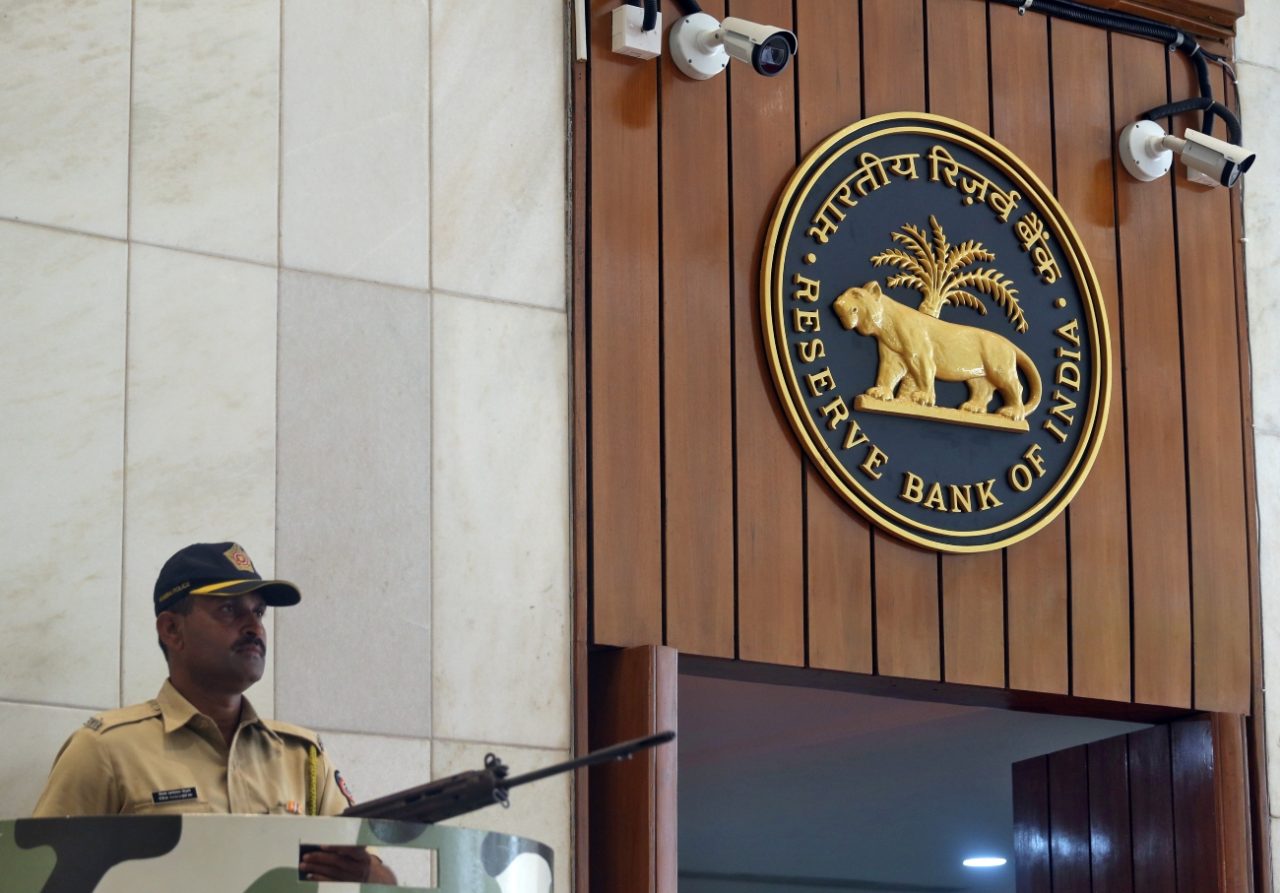Businesses face temporary disruption as banks freeze current accounts to meet RBI deadline

KV Prasad Jun 13, 2022, 06:35 AM IST (Published)
 Listen to the Article (6 Minutes)
Listen to the Article (6 Minutes)
Summary
In a bid to enforce credit discipline and check diversion of funds, the Reserve Bank of India (RBI) had put in place certain safeguards for the opening of current accounts by banks in August last year. Now, as the deadline ends, several such accounts have been closed or frozen by banks to adhere to RBI rules, which has caused huge disruption for these account holders- mostly businesses/traders and entrepreneurs.
Several businesses, large and small, are staring at temporary disruptions as banks freeze their current accounts to comply with the banking regulator’s directive.
In a bid to enforce credit discipline and check diversion of funds, the Reserve Bank of India (RBI) had put in place certain safeguards for the opening of current accounts by banks in August last year. Broadly, these rules say banks cannot open current accounts for borrowers where their exposure is less than 10 percent of the borrower’s total exposure to the banking system.
RBI had first asked banks to comply within three months of issuing the circular, but with banks dragging their feet on compliance, the regulator had extended the deadline to July end.
Now, as the deadline ends, several such accounts have been closed or frozen by banks to adhere to RBI rules, which has caused huge disruption for these account holders- mostly businesses/traders and entrepreneurs.
“The number of current accounts that would have had to be closed to comply with RBI rules would run into lakhs,” said a senior banker on the condition of anonymity. “Banks have a list of these accounts which need to be closed by them using CRILC database. So we are going through that and closing accounts one by one. Last we checked we had about 40,000 such accounts, maybe more,” said the head of a large public sector bank who did not wish to be named.
Several such borrowers took to social media to express their angst, and seek government intervention to prevent these disruptions. One such borrower, Kanthanathan, tweeted that ICICI Bank had blocked their current account, and their funds were locked. As a result, this person tweeted, his supplier payments were stuck and business was at a standstill.
Another person by the name of Sunil Sachin tweeted that his father’s firm was under difficulty after his current account was frozen by Andhra Bank “citing hefty fines from RBI if an account is running with OD.” Another Rajesh Naik tweeted that the CA freezing “has impacted our business for the past six days. We are told that this is being done to comply with RBI guidelines.”
Some other complaints:
There are many similar issues raised on social media. To be fair, banks have said that customers were given months of advance notice since the RBI circular first came out in August of 2020, and some did move their accounts to avoid inconvenience later.
The country’s largest bank- State Bank of India- alone had to close over 80,000 accounts to comply with RBI rules, said a person in the know. Other large banks had to close tens of thousands of accounts as well, CNBC-TV18 has learnt.
“This is going to cause a lot of pain. The customer impact is large,” said another senior executive from a large private sector bank. “There is resistance also, event the government is involved, but RBI has stuck to the deadline,” he added.
What The New Rules Say
Under the new guidelines, no bank can open current accounts for customers who have availed of credit facilities from the banking system. All transactions should be routed through the CC/OD account.
Secondly, if a bank has less than 10 per cent of the borrower’s credit exposure, then debits to the CC/OD account can only be for credit to the CC/OD account with a bank that has 10 per cent or more of the credit exposure. By placing restrictions on debits from smaller accounts (by the value of exposure), the RBI intends to check the diversion of funds and keep the banking activity within the key consortium lenders to the borrowers
Thirdly, in the case of customers who have not availed CC/OD facility from any bank, banks may open current accounts, but with certain conditions in case of borrowers with more than ₹50 crore exposure to the banking system. Here, current accounts of borrowers can only be opened/maintained by the escrow managing bank.
Disruption, but for the short term.
“The intent behind the rule is good, but it has inconvenienced a lot of customers. They are not happy about it,” said the head of a public sector bank. “But give it a month or so and things will settle down. It is a short term inconvenience for customers. For banks, of course, it will lead to more hits as we lose this cheap source of funds etc,” the banker added.
“We are not able to completely finish the process so we may need some more time. Unlikely RBI will extend this deadline though,” said another executive from a bank. “Borrowers may have several accounts because one bank may give them the facility another bank does not have, maybe some banks have better technology or better cash management services, so there can be multiple reasons to have many current accounts. If someone had a loan account with XYZ bank and a current account with my bank, I have to close it down, there is no choice,” added this person.
While those with multiple current accounts may face closure, bankers CNBC-TV18 spoke to explained that it would not impact their cash and that the account would be transferred to the current account with the lead bank with the largest exposure.
“Many MSMEs, other borrowers often open parallel accounts because they don’t want to do all transactions in a CA (current account) with a bank where they have the loan account since the bank can easily claim that money for loan recovery also,” quipped another public sector banker, adding, ““Diversion of funds is one of the biggest reasons for NPAs and frauds, so new rules are aimed to give us better visibility of cash flows of borrowers. The system also needed fixing because I had the loan account and another bank had cash flows, so this will help.”
“Today every bank has the same technology, so it is not that borrowers will lose out If their current account is shifted, but yes there will be temporary disruptions as there are often standing instructions for GST payments etc from one account so all that will have to be managed,” said one of the bankers quoted earlier.
Banks are also offering customers a credit line so that they have loan exposure to them and continue to keep their current accounts. While some customers have opted for this route, others have not.
Impact on Banks
With this new mandate, many profitable current accounts could migrate from MNC banks to public sector lenders and some of the large private sector Indian banks where they have loan accounts.
These accounts are lucrative to banks since they get access to cheap funds, and also make a fee for cash management business.
According to a report by Macquarie, foreign banks have a 4 percent share in total loans in the system but a disproportionately larger 14 percent share of current accounts, so they may be the most impacted. Private banks had a 42 percent share of the total current accounts compared to a 35 percent share of the loans. Public sector banks on the other hand have a large 61 percent share of the loans in the market but a relatively lesser 44 percent share in current accounts. Hence, RBI’s new rules may lead to the migration of current accounts from some of these banks into others who have a larger share of loan accounts.
What are current accounts used for?
Current Accounts work best for traders and entrepreneurs who need to access their accounts frequently. Unlike savings accounts, current accounts earn no interest on the deposits made. A current account also offers the account holder the facility of overdraft. When you withdraw more money from the account, than is actually there, then your account is said to be overdrawn. In the case of a savings account, banks neither offer nor allow overdraft facilities, whereas, this facility is provided with a Current Account. The minimum balance requirement for such accounts is also high.

Elon Musk forms several ‘X Holdings’ companies to fund potential Twitter buyout
3 Mins Read
Thursday’s filing dispelled some doubts, though Musk still has work to do. He and his advisers will spend the coming days vetting potential investors for the equity portion of his offer, according to people familiar with the matter

KV Prasad Journo follow politics, process in Parliament and US Congress. Former Congressional APSA-Fulbright Fellow










 Listen to the Article
Listen to the Article  Daily Newsletter
Daily Newsletter













